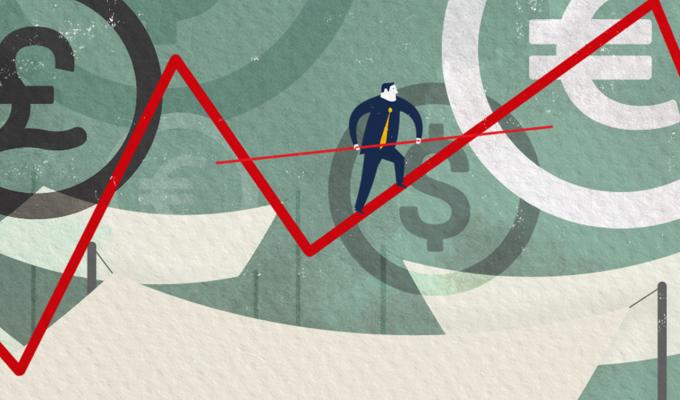Investors are increasingly turning to socially responsible investment monitoring to decide on which companies to invest in; this is solely based on the social impacts made by companies. According to the “US Sustainable, Responsible and Impact Investing Trends 2016” report, there has been a 33% increase in these types of investments since 2014. This boom has caused a variety of rating systems and methodologies to be created, but such a variety has sparked doubts among investors, directors and researchers alike about the reliability, comparability and use of the current systems.
In addition to this, the measurement of the social impact companies have represents a challenge for the companies themselves as well as their stakeholders including shareholders, governments, communities etc. Despite some advances in social business performance, such as the Kinder, Lydenberg and Domini (KLD) ratings, new ways of quantifying the impact businesses have on their surroundings are needed, namely for the impact that they have on individuals and the environment.
Alternatives for the measurement of social impact
Up until now, companies have measured the impacts they have in different ways. For example, one way has been to take into consideration the reaction of those with limited resources, who have in one way or another benefited from social enterprising (products or services). Another way has been by measuring the impact of a social program based on the results provided by the group of individuals which were supported by the program, in comparison with a group of individuals who were not supported. The latter option considers metrics created by the same company that developed and carried out the social program.
However, we need to find alternatives which allow us to quantify the social impact of a company without requiring information provided by the same company, nor the opinion of individuals. The aforementioned relates to the fact that people can often be conditioned to provide favourable information to companies. Furthermore, when some companies prepare reports, they can be tempted to adjust them so as to meet the expectations or requirements of third parties. One alternative is to employ a geographic perspective which takes into account public information over a period of time.
Why use a geographic perspective?
As part of my doctorate research, I have applied a geographical perspective to spatial data. This was possible thanks to the support of Consorcio Puentes who sponsored my academic placement at Rice University where I was able to collect and analyse spatial data.
To determine whether the impact that a production plant has on its surroundings is positive or negative, we need to have access to public data such as social impact component indicators which include health, crime, property prices etc. Said information needs to be geo-referenced, or available to a certain level of geographical analysis which may concern the neighbourhood, postal code or basic geostatistical area (AGEB). It is also important that this data is available over a period of time, with the aim of identifying if the overall impact has been positive or negative.
Although an individual analysis can be made in relation to the social impact components that I have explained, if the production plant creates an analysis index it allows the plant to have a wider quantification on the impact it has on its surroundings. In other words, by having a global index, we can compare the magnitude as well as the positive and negative impacts that a production plant has over a determined period of time.
The benefits do not stop here
The creation of this index is not just an alternative to the standard ratings of social business performance, but it also benefits socially responsible investment by contributing to the making of more informed investment decisions which consider the improvement or the deterioration of the geographic areas where these plants operate.
From a public policy view, apart from just identifying geographical areas that are in need of a reduction of social problems, local governments are also able to put pressure on the production plants so that they reduce the negative impacts they have on the area.
Finally, boards of directors can take ownership of this type of social impact index to improve it by meeting the demands of stakeholders. Improving the index will allow boards of directors to capture the attention and support of more investors, to strengthen local governmental relationships, and to elevate the surrounding population’s acceptance that these companies are indeed concerned about the wellbeing of those around them.




